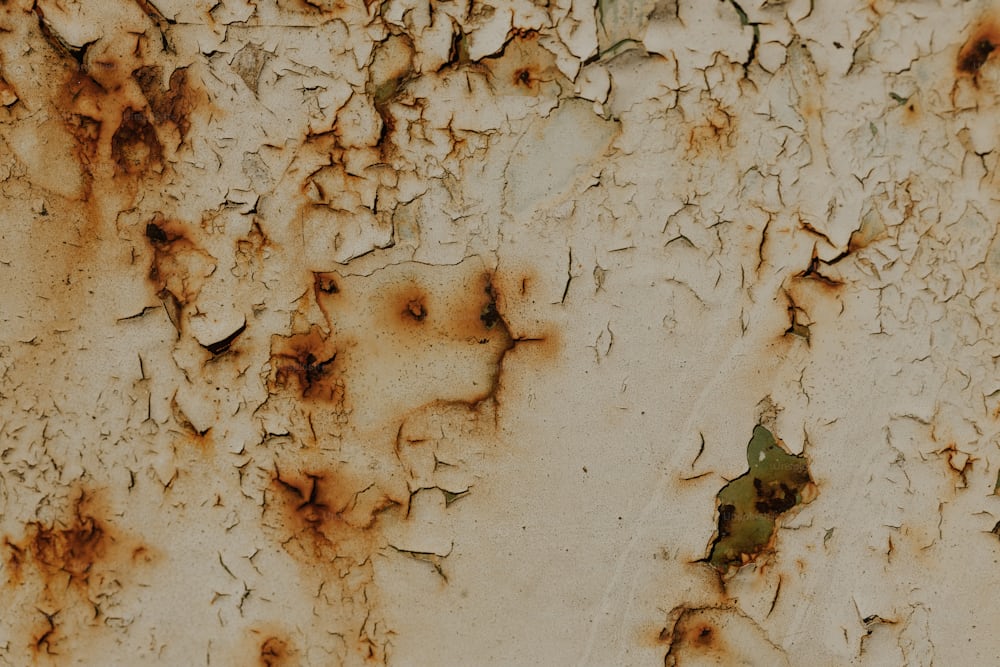Introduction
Water damage can have lasting effects on any home or business, with mold growth being one of the most concerning consequences. When moisture lingers for extended periods, mold spores in the air find an ideal environment to thrive. Mold not only deteriorates surfaces but also compromises indoor air quality and poses health risks. Preventing mold growth after water damage is crucial for preserving structural integrity and ensuring a safe living environment.
Secure Restoration understands the importance of effective mold prevention and water damage restoration. By taking proactive steps and implementing the right remediation strategies, property owners can prevent long-term complications and costly repairs. This article explores the conditions that lead to mold growth, methods for prevention, and effective remediation techniques.
Understanding Mold Growth After Water Damage
Mold thrives in moist, warm environments with organic materials to feed on. When water damage occurs, whether from leaks, flooding, or condensation buildup, mold spores begin to multiply rapidly. The main factors that contribute to mold development include:
- Excess Moisture – High humidity levels or trapped water within walls, flooring, and ceilings create the perfect breeding ground for mold.
- Lack of Ventilation – Poor airflow prevents moisture from drying out, allowing mold spores to settle and grow.
- Organic Surfaces – Mold thrives on wood, drywall, insulation, and fabrics, making homes and businesses highly susceptible.
- Time – Mold can begin forming within 24 to 48 hours after water exposure, making quick action essential.
Signs of Mold Growth
Mold can remain hidden for long periods before becoming noticeable. Early detection is key to preventing widespread contamination. Property owners should look for the following indicators:
- Musty Odors – A persistent, damp smell often signals the presence of mold behind walls, under carpets, or in crawl spaces.
- Discoloration on Surfaces – Green, black, or brown patches on walls, ceilings, or furniture indicate mold colonies.
- Peeling or Bubbling Paint – Moisture trapped within walls causes paint and wallpaper to peel, an early sign of mold presence.
- Warped or Softened Materials – Wood and drywall that feel soft or show signs of warping suggest water damage and potential mold growth.
- Health Symptoms – Increased allergy symptoms, respiratory issues, or eye irritation in occupants may signal mold exposure.
Preventing Mold After Water Damage
The best way to combat mold is to prevent it from forming in the first place. Immediate response to water damage can significantly reduce the risk of mold development. Here are effective preventive measures:
1. Remove Excess Water Immediately
Standing water should be extracted as soon as possible using pumps, wet vacuums, or absorbent materials. Eliminating moisture early prevents mold from taking hold.
2. Increase Air Circulation
Proper ventilation helps speed up drying. Using fans, air movers, and opening windows (when weather permits) promotes airflow and moisture evaporation.
3. Utilize Dehumidifiers
Dehumidifiers effectively reduce indoor humidity, making it harder for mold to thrive. Maintaining humidity levels below 50% discourages mold growth.
4. Inspect Hidden Areas
Mold often develops in unseen spaces, such as behind walls, under flooring, and within insulation. Checking these areas with moisture meters can help detect moisture problems early.
5. Dispose of Unsalvageable Materials
Porous materials like drywall, carpeting, and insulation that have absorbed excessive moisture may need to be removed and replaced to prevent mold growth.
6. Use Mold-Resistant Products
When repairing water-damaged areas, consider using mold-resistant drywall, paints, and insulation to provide long-term protection.
Mold Remediation Strategies
When mold has already developed, effective remediation is necessary to restore a property to a safe and healthy condition. The following steps outline the remediation process:
1. Identify the Extent of Contamination
Before beginning remediation, a thorough assessment determines the spread and severity of mold growth. Identifying affected areas helps guide the appropriate removal process.
2. Isolate the Contaminated Area
To prevent mold spores from spreading, containment barriers such as plastic sheeting and negative air pressure machines are used during remediation.
3. Remove Mold-Infested Materials
Mold-affected materials, including drywall, carpeting, and insulation, should be carefully removed and disposed of to prevent further contamination.
4. Clean and Disinfect Surfaces
Non-porous surfaces can be cleaned using antimicrobial solutions or specialized mold-killing agents. Scrubbing with wire brushes or HEPA-filtered vacuums helps remove spores from hard surfaces.
5. Dry the Area Thoroughly
Even after mold removal, proper drying ensures that no residual moisture remains. Using air movers, dehumidifiers, and ventilation prevents mold regrowth.
6. HEPA Filtration and Air Scrubbing
HEPA filters capture airborne mold spores, reducing contamination and improving indoor air quality.
7. Final Inspection and Prevention Measures
A post-remediation assessment ensures all mold has been removed and identifies additional steps needed to prevent recurrence. Sealing leaks, improving drainage, and maintaining humidity control help safeguard against future mold growth.
When to Call a Professional
While minor mold issues can sometimes be addressed using household cleaning solutions, extensive mold growth requires professional intervention. Severe mold infestations pose health risks and may indicate underlying structural issues that need professional attention.
Secure Restoration advises property owners to seek expert assistance when:
- Mold covers an area larger than 10 square feet.
- Water damage has affected structural components of a building.
- Occupants experience persistent health issues linked to mold exposure.
- The source of moisture is not easily identifiable or fixable.
Conclusion
Mold growth following water damage is a serious concern that can lead to structural damage and health complications if not addressed promptly. By taking immediate action, implementing drying strategies, and utilizing effective mold remediation techniques, property owners can prevent the long-term consequences of moisture-related mold issues.
Prevention remains the best defense against mold, but when infestations occur, a thorough remediation process ensures a safe and habitable environment. Understanding the risks and taking proactive measures allows homeowners and businesses to maintain indoor air quality and protect their property from further deterioration.
Read Also : The Role of Pest Control in Protecting Your Property Value!
